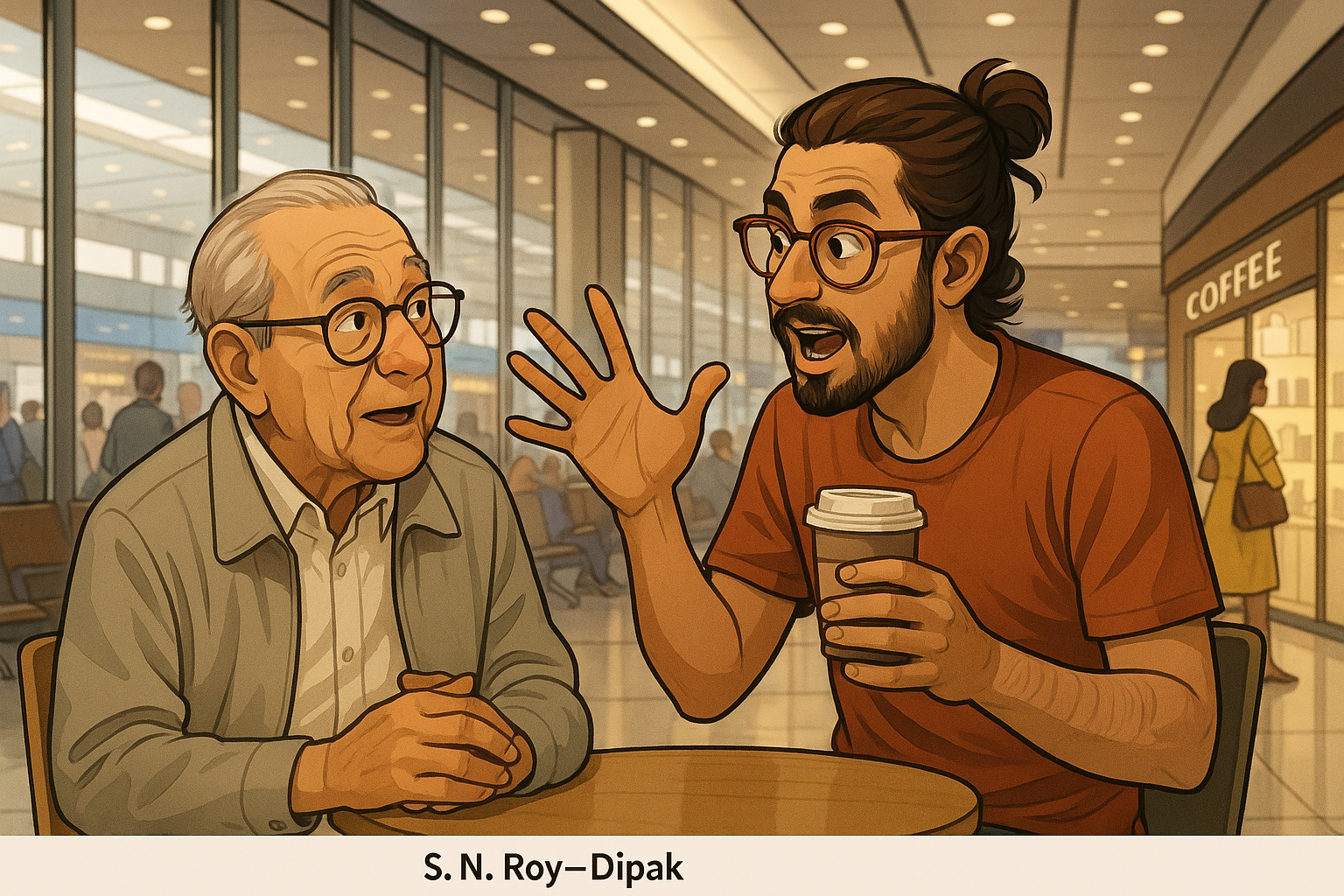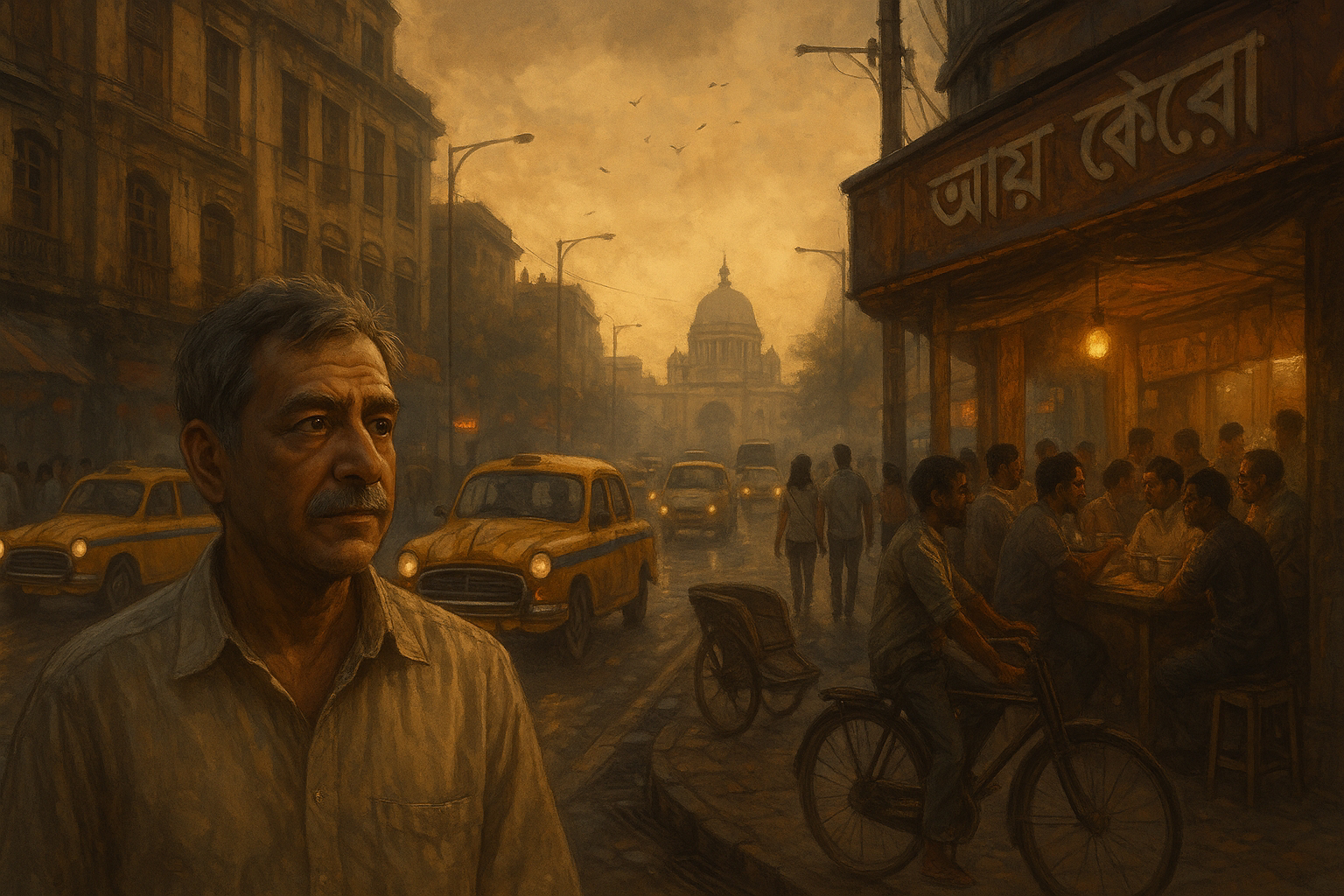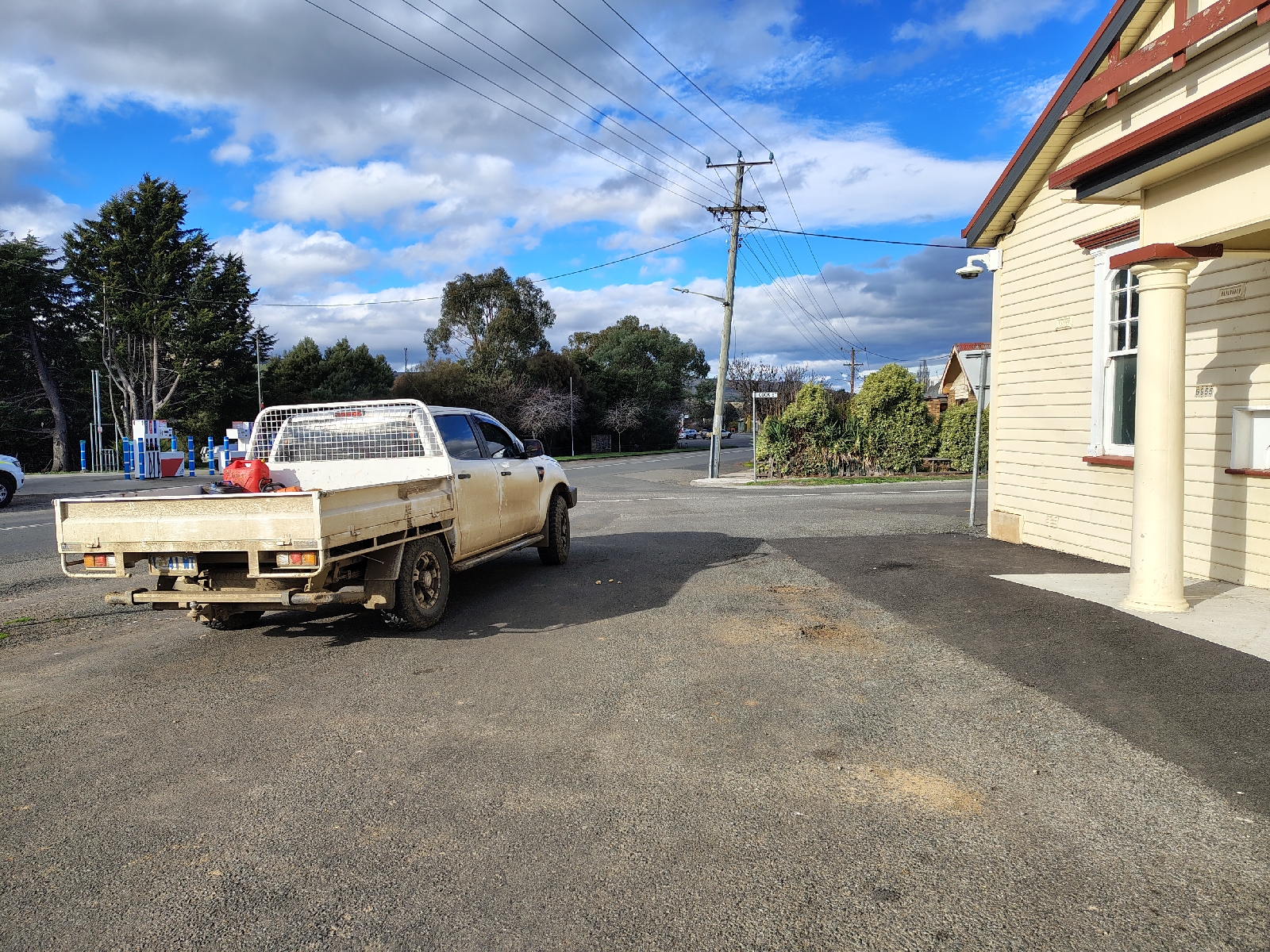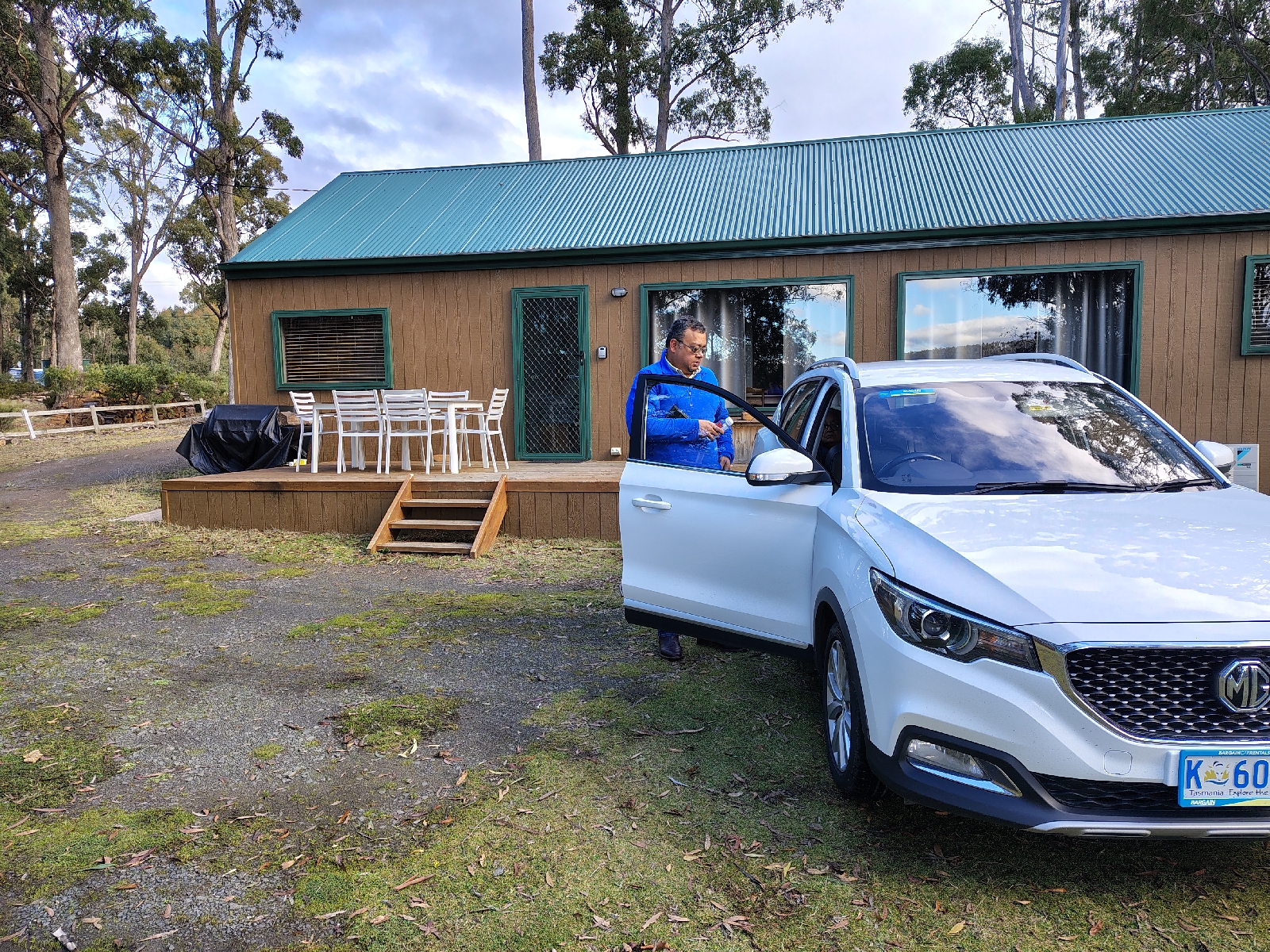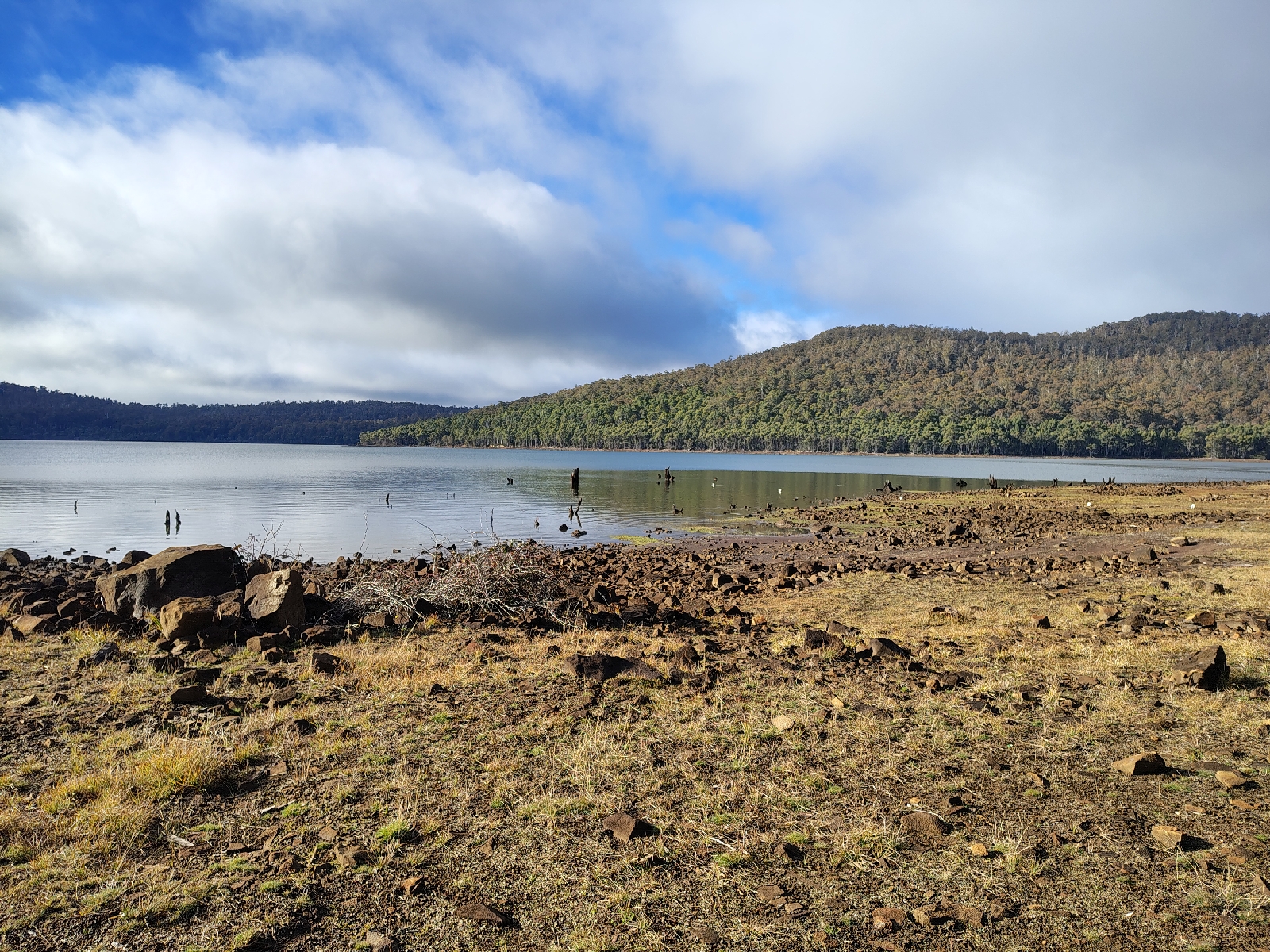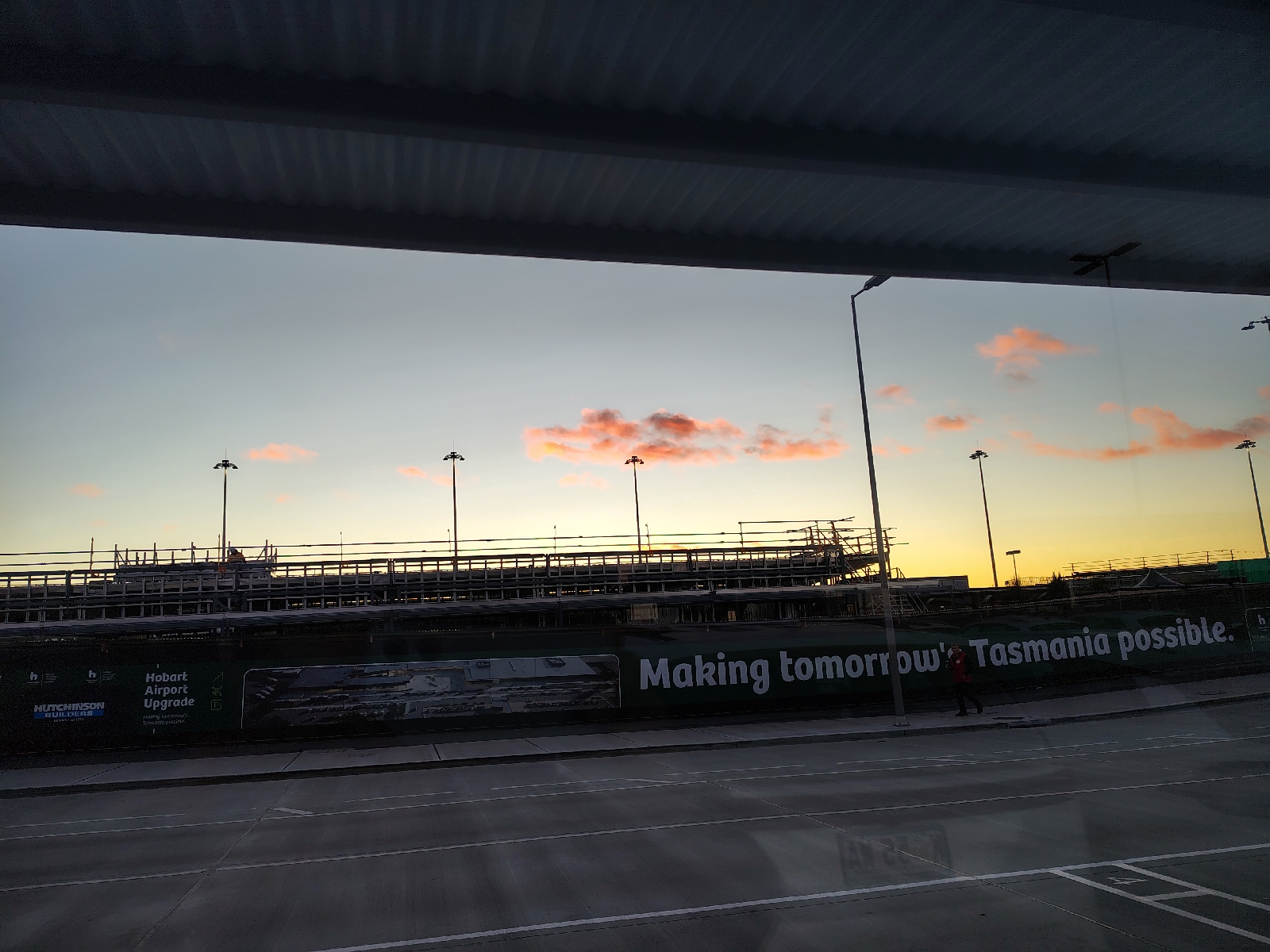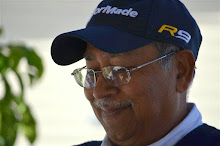🎬 Golfer, Ghosts & Glamour – A Changi Confession
Changi Airport, Singapore — the unofficial United Nations of layovers. I was marooned at Gate C34 thanks to a mysterious "technical delay" that airlines announce with the same expression you'd use for a missing umbrella. My wife, Madhuri, had drifted away into the glittery forest of duty-free stores. Perfume testers, scarves, ceramic mugs—anything but what we actually needed.
I settled down with a kopi o kosong and opened my Desh magazine. That’s when he entered my life—like a character in one of my short stories who doesn't knock, just appears and makes the story move.
A slim young man with a disheveled man-bun, red-rimmed glasses, and a T-shirt that read “Make Cinema, Not Excuses” flopped beside me with dramatic exhaustion. He held a Starbucks cup and a laptop covered with festival stickers like Dhaka Shorts ’22 and Cannes Rejects Anonymous.
“Bengali, sir?” he asked, eyeing the Desh.
I nodded. He smiled. And with that, my peaceful layover morphed into a pitch meeting.
🎥 Dipak the Dreamer
His name was Dipak, but he preferred “D. Sen.”
“Short, punchy, like Ray or Nolan,” he said. “You must become a brand, sir, before the world gives you a budget.”
He was returning from Singapore, triumphantly clasping a verbal promise of ₹20 lakhs from two IT engineers with deep pockets and shallow cinema knowledge.
“Once I have 40, I start shooting,” he beamed. “It’s a noir-thriller. Bit of ghost, bit of revenge, social commentary woven in. Set in Kolkata. Very rain-washed. Monochrome filters. And one slow Rabindra Sangeet track played on saxophone.”
He spoke like he was already walking the red carpet.
I felt the itch, that secret fantasy of mine—that one of my short stories would one day leap onto the silver screen. I casually mentioned I’d written a few.
He pounced.
“Sir! Let me use one of them. As a flashback. A pivotal incident! I’ll montage it like Nolan but rooted. Grounded. Bengali.”
I leaned in. “If I pitch in with ₹5 lakhs, what do I get?”
He looked around dramatically and whispered like a man offering a banned substance.
“If your funds are a little… ahem… grey, we’ll return it shiny and white. Also, I’ll cast you. Or better—your whole golf group! I'll write a golf scene into the script. Like Srijit did in Zulfiqar.”
🎬 Bengali Bollywood Budgeting
I was curious.
“Hero? Heroine? Who’s acting in this?”
He sipped his latte. “Sir, these days heroes pay to become heroes. I know a couple of rich Bengali kids with six-packs and no jobs.”
“Heroine?”
“Modeling girls. Very camera-friendly. Also pitching in.”
“Character actors?”
“Faded TV stars. 2,000–3,000 rupees per day. They just want work and fish cutlets.”
“Crew? Lights? Sound? Editing?”
He shrugged, smiling. “Sir, the industry’s starving. Crews are sitting idle. You offer chai and a meal, they’ll shoot a dream sequence at midnight.”
“And special effects?”
“I’ve got a friend in Bangalore. IT guy. Worked on a Hollywood VFX project. He made a pigeon explode for a Malayalam movie. He’ll help with my ghost golf ball.”
🦸 Then Came Malegaon
I raised an eyebrow. “You sound confident. But do you really think people will watch this?”
He lit up. “Sir! Have you seen Supermen of Malegaon?”
“Of course! Those Malegaon boys made a Superman parody using bamboo sticks and dupattas.”
He slapped the table with joy, almost spilling his coffee.
“Exactly, sir! No training, no studio, no nothing—just dreams. They made magic with mosquito nets and car horns. If they could make people laugh and cry with one lakh, then why can’t I make a noir ghost thriller with forty?”
He leaned in like a director giving a final shot instruction:
“Sir, Malegaon gave us hope. I have WiFi, passion, and a VFX guy. What else do I need?”
I said, “Luck. And maybe another ₹15 lakhs.”
He nodded solemnly. “That too.”
🧳 Back to Reality
Just then, Madhuri returned with a bag of suspiciously expensive Singaporean biscuits and that all-knowing look wives carry like a handbag.
“Who’s this?” she asked.
“Just someone I met,” I said coolly. “He was explaining GST.”
She squinted. Dipak faded away like a skilled junior artist, blending into the crowd near the noodle counter.
🕳️ Epilogue: Or Was It a Prologue?
Back home, a WhatsApp popped up from an unknown number: a digital poster that read:
🎬 Ghorer Bhut Golf Khele
A noir thriller by D. Sen
Starring Raja Roy as “The Swinging Spirit”
Coming soon (pending funding)
I showed it to my golfing buddies—Jaggi, Sikka, Paul. They laughed for five minutes straight. Then Paul leaned over and said,
“Oye Roy, you think they’ll cast me as the caddy ghost if I pitch in ten lakhs?”
Ah, cinema dreams. Once it bites, even spirits start queuing for auditions.
